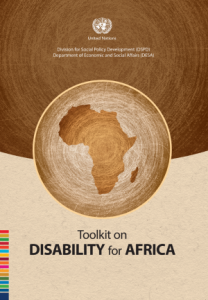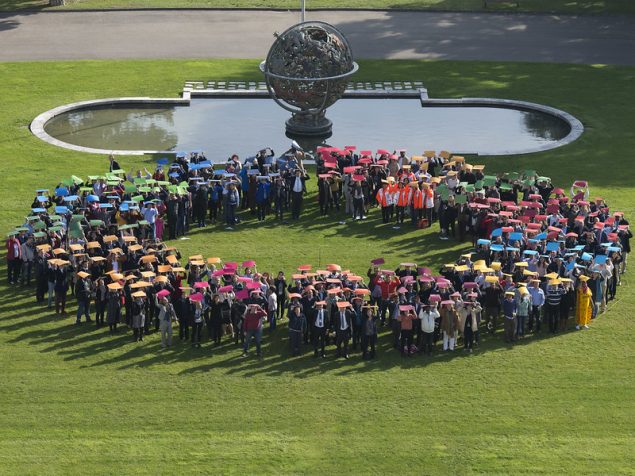- Main page: Handbook for Parliamentarians
- Realizing the rights of persons with disabilities: the compelling reasons
- The focus of the Convention
- Why a convention was needed
- Rights specified in the Convention
- The relationship between disability and development
REALIZING THE RIGHTS OF PERSONS WITH DISABILITIES: THE COMPELLING REASONS
Over 650 million persons around the world live with disabilities. Add to that their extended families, and a staggering two billion people daily live with disabilities. In every region in the world, in every country in the world, persons with disabilities often live on the margins of society, deprived of some of life’s fundamental experiences. They have little hope of going to school, getting a job, having their own home, creating a family and raising their children, enjoying a social life or voting. For the vast majority of the world’s persons with disabilities, shops, public facilities and transport, and even information are largely out of reach.
Persons with disabilities make up the world’s largest and most disadvantaged minority. The numbers are damning: an estimated 20 per cent of the world’s poorest persons are those with disabilities; 98 per cent of children with disabilities in developing countries do not attend school; an estimated 30 per cent of the world’s street children live with disabilities; and the literacy rate for adults with disabilities is as low as 3 per cent—and, in some countries, down to 1 per cent for women with disabilities.
While poor people are significantly more likely to acquire disabilities during their lifetimes, disability can result in poverty, too, since disabled persons often face discrimination and marginalization. Disability is associated with illiteracy, poor nutrition, lack of access to clean water, low rates of immunization against diseases, and unhealthy and dangerous working conditions.
As the world’s population grows, so does the number of persons with disabilities. In developing countries, poor medical conditions during pregnancy and at birth, the prevalence of infectious diseases, natural disasters, armed conflict, landmines and small-arms proliferation cause injuries, impairment and lasting trauma on a large scale. Traffic accidents, alone, result in millions of injuries and disabilities each year among young people. In developed countries, those born after the Second World War are living longer, which means that many of them will eventually live with a disability later in life.
The fact that persons with disabilities are more likely to live in poverty is often the result of ignorance and neglect that is reinforced in Government and development policies and programmes that ignore, exclude, are not accessible to or do not support the rights of persons with disabilities to be included in the socio-economic life of the country.
However, in the few developed and developing countries that have passed comprehensive legislation aimed at promoting and protecting the basic rights of persons with disabilities, those individuals live fulfilling and independent lives as students, workers, family members and citizens. They are able do so because society has removed the physical and cultural barriers that had previously hindered their full participation in society.
It is with these advances in mind that the international community united to reaffirm the dignity and worth of every person with a disability, and to provide States with an effective legal tool to end the injustice, discrimination and violation of rights that confront most persons with disabilities. That tool is the Convention on the Rights of Persons with Disabilities.
In our communities, disability is seen as a charity issue. You are not seen as a person who can have a life, get a job, live independently. This is very much against our human rights. There is a huge need for awareness work in our countries.
Maria Veronica Reina, researcher with mobility impairment (Argentina)




